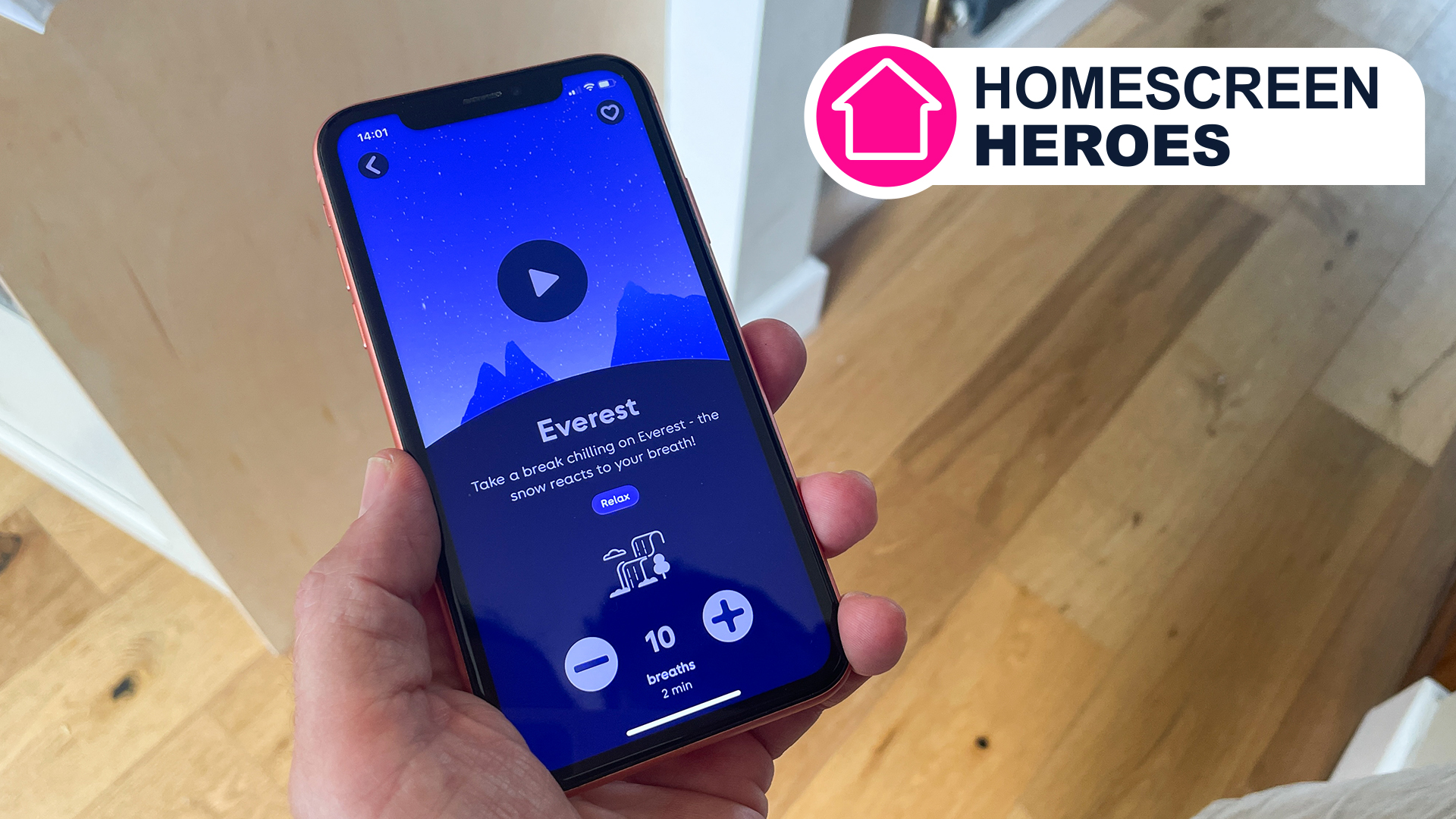In response, the AAA Foundation for Traffic Safety is turning to behavioral science and technology in search of solutions. A new study, involving more than 1,400 participants, tested whether feedback and financial incentives could nudge drivers toward safer habits—offering a glimmer of hope in curbing the nation’s crash crisis.
“Understanding what motivates people to change is critical,” said Dr. David Yang, president and executive director of the AAA Foundation. “If we can reduce dangerous behaviors behind the wheel, we can reduce injuries and save lives.”
Tech, Incentives—and a Nudge in the Right Direction
The 12-week experiment tapped into the same kind of data used by usage-based insurance (UBI) programs, which monitor driver behavior via smartphones. Four groups of drivers were tracked for behaviors including speeding, hard braking, rapid acceleration, and handheld phone use. While one group received no feedback, others were given real-time insights and cash incentives based on their performance.
The results were compelling:
- Speeding dropped by up to 13%
- Hard braking fell by 21%
- Rapid acceleration declined 25%
Use of handheld phones, however, remained unchanged—suggesting that participants may have overestimated their own safety based on initial feedback.
Those who set their own safety goals or were assigned one behavior to focus on showed the most improvement. Participants also cited weekly feedback and potential bonus earnings as key motivators, with 67% identifying financial incentives as the strongest influence.
Changing Habits—and Keeping Them
Crucially, the study didn’t end at 12 weeks. Drivers were observed for six more weeks without any feedback or rewards to test the durability of their new habits. Most continued to drive more safely, underscoring the potential for lasting behavioral change.
“This shows that positive reinforcement—not just punishment—can lead to real, sustained safety improvements,” said Jake Nelson, AAA’s director of traffic safety advocacy.
Looking Ahead
AAA’s findings suggest that UBI programs—originally designed for insurance pricing—may hold untapped potential as public safety tools. As distracted and aggressive driving persist, the challenge now lies in expanding and enhancing such programs to engage a broader audience.
With lives on the line and the nation’s road death toll still stubbornly high, the hope is that a combination of smart feedback, behavioral science, and technology may help steer American drivers toward a safer future.


